Jan 26, 2024. Since the 1960s, Australia's urbanization rate has consistently been above 80 percent, and in 2022 it has reached its highest ever rate at 86.49 percent. Historically, Australia has.. Rapid urbanisation. The future is urban. Currently, more than half the people in the world live in cities, which account for more than 80% of global GDP. The rapid urbanisation megatrend is the story of where most of us live. By 2050, just over two thirds of humanity will be urban dwellers. Cities are engines of creativity and innovation, and.
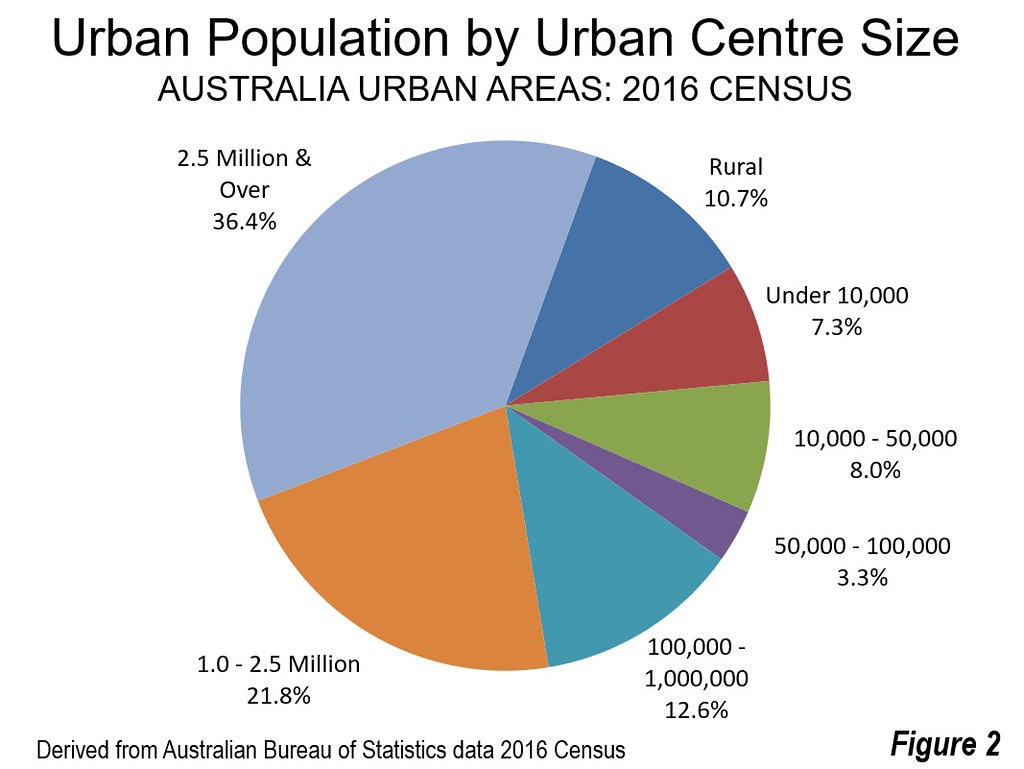
Update on Australian Urban Areas (with a Photographic Tour)

PPT Urbanisation PowerPoint Presentation ID4261034
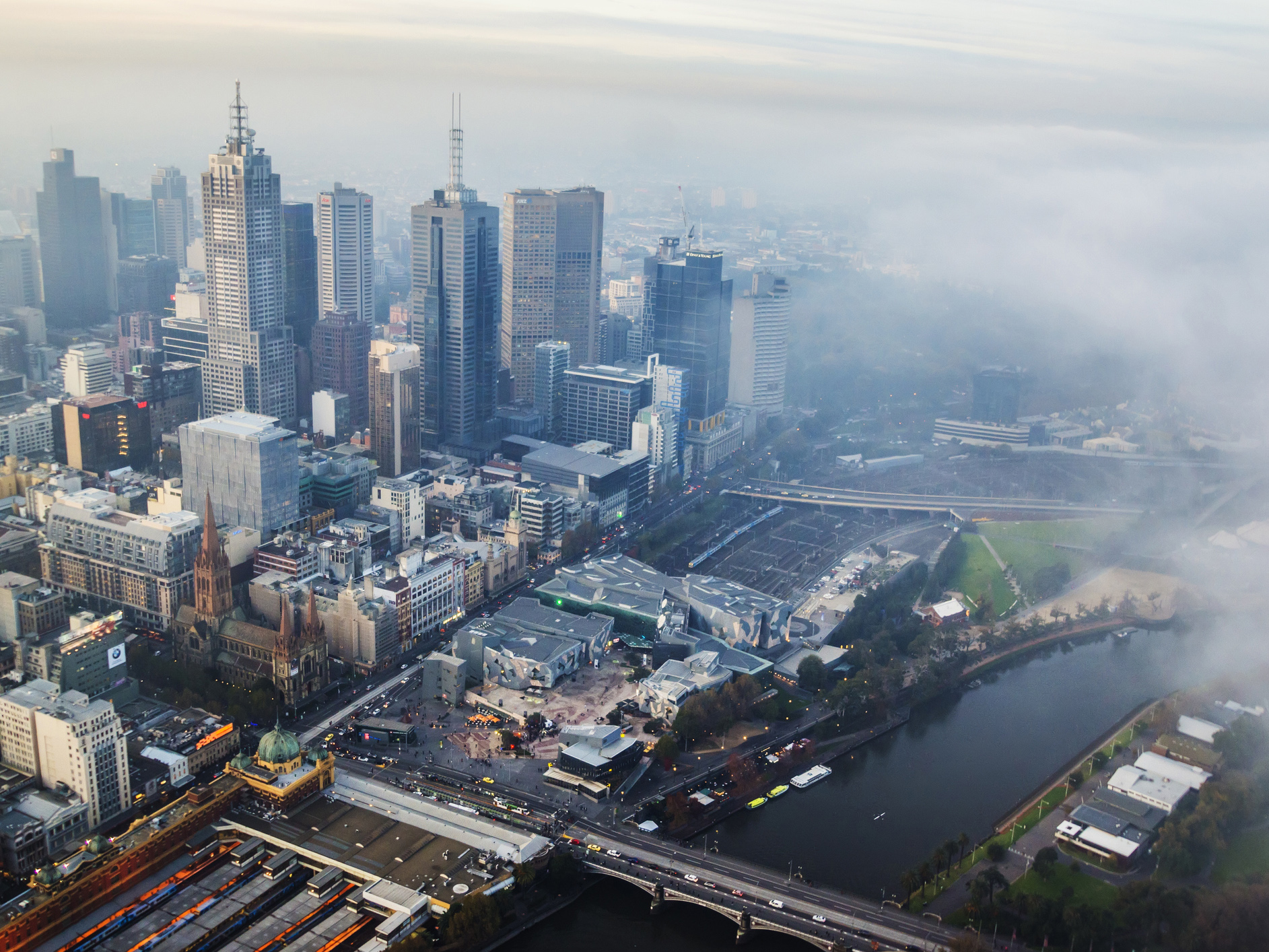
Urbanisation is causing pandemic risk in Australian cities Architecture & Design

Urbanization Concept Definition Measures Causes Effects Urbanization as process

Urbanisation Worksheets PDF Urbanization Environmental Social Science

Mapping liveability across cities Stories of Australian Science, from Science in Public
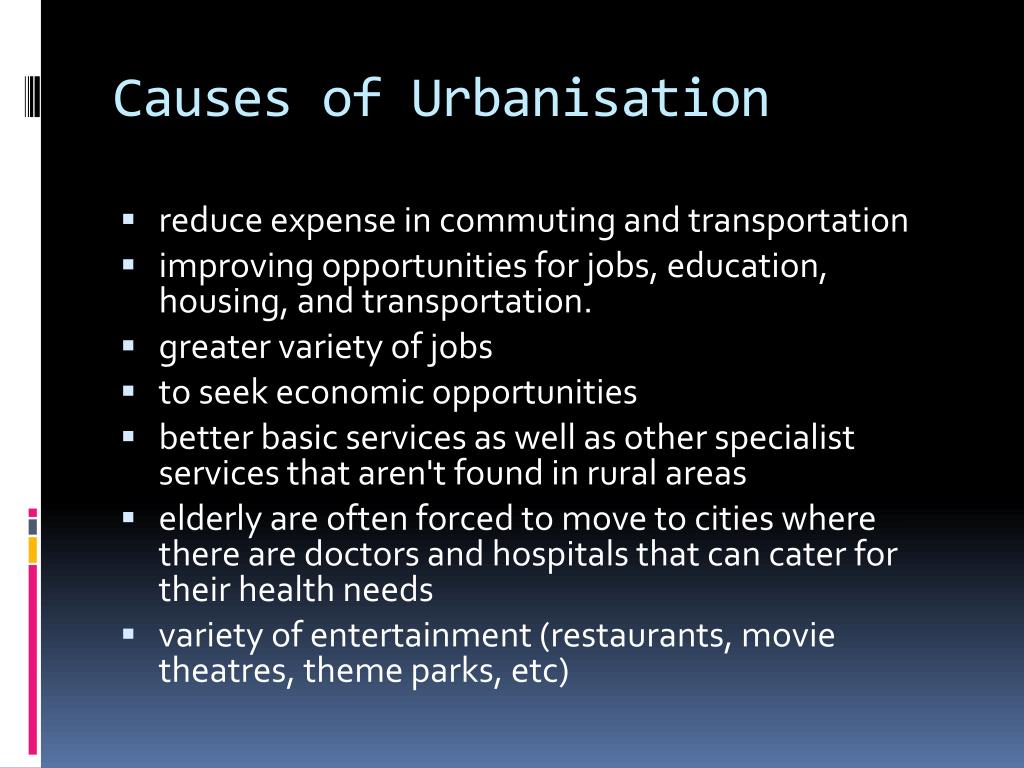
PPT Urbanisation PowerPoint Presentation, free download ID3087593
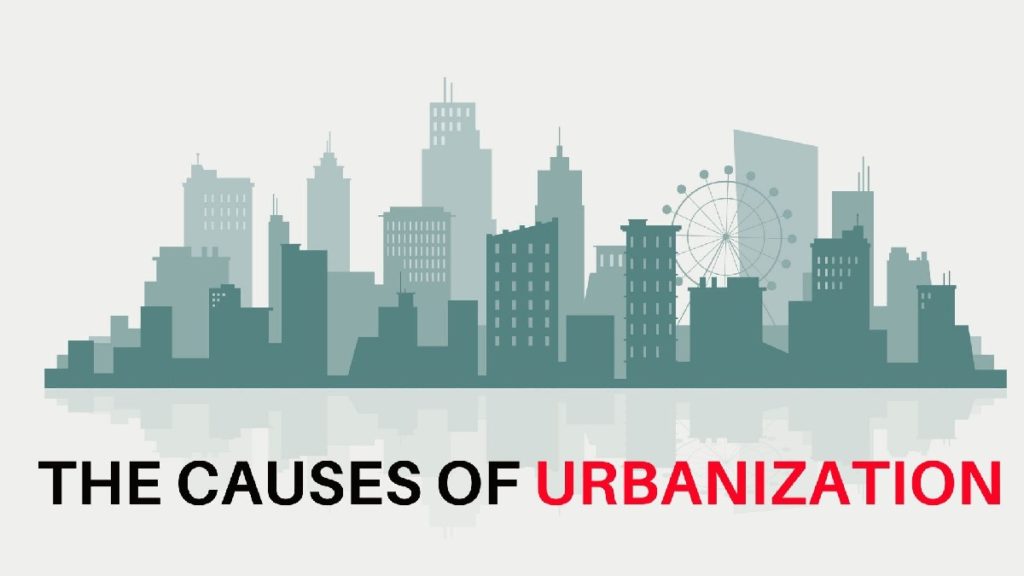
10 Causes of Urbanization Positive And Negative Effects of Urbanization
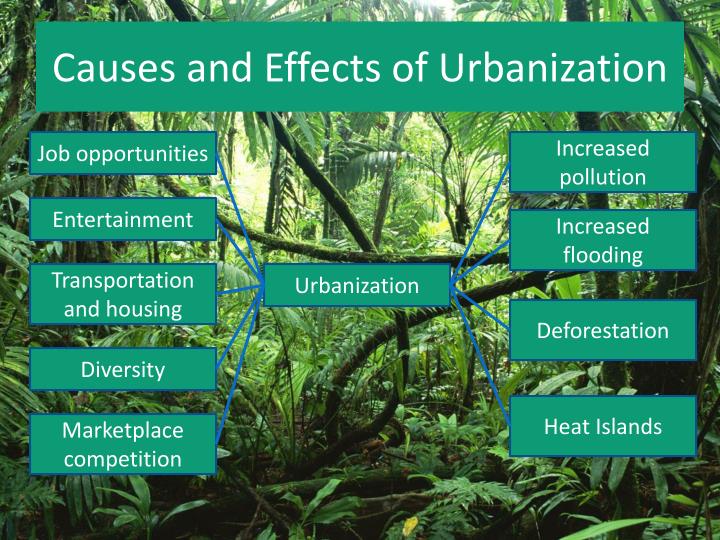
PPT Human Impact PowerPoint Presentation ID1677532
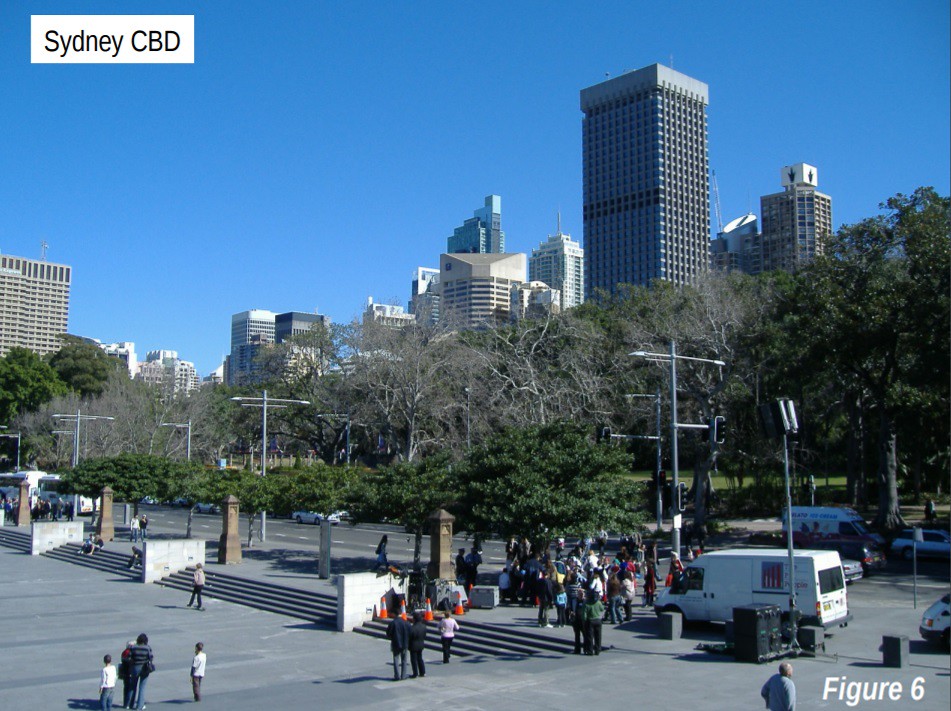
Update on Australian Urban Areas (with a Photographic Tour)

Impact And Causes Of Urbanisation Class 8 Geography Learn With BYJU'S YouTube
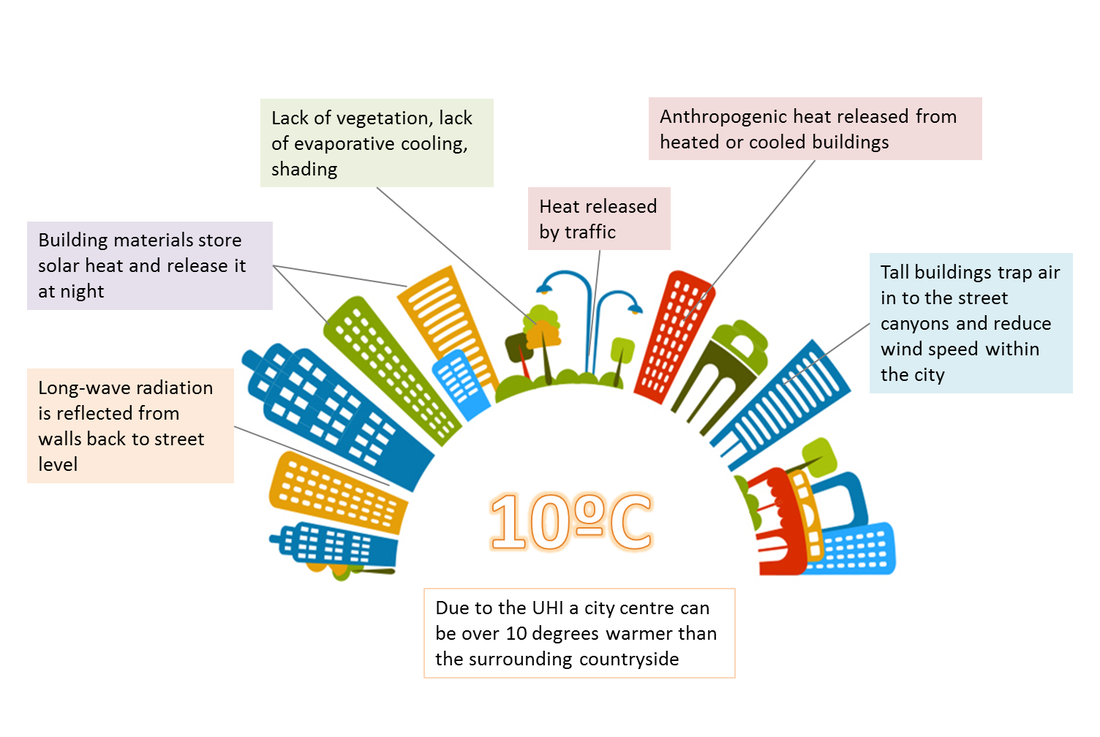
What is an Urban Heat Island 15146G12Climatechangeimpact on Sydney
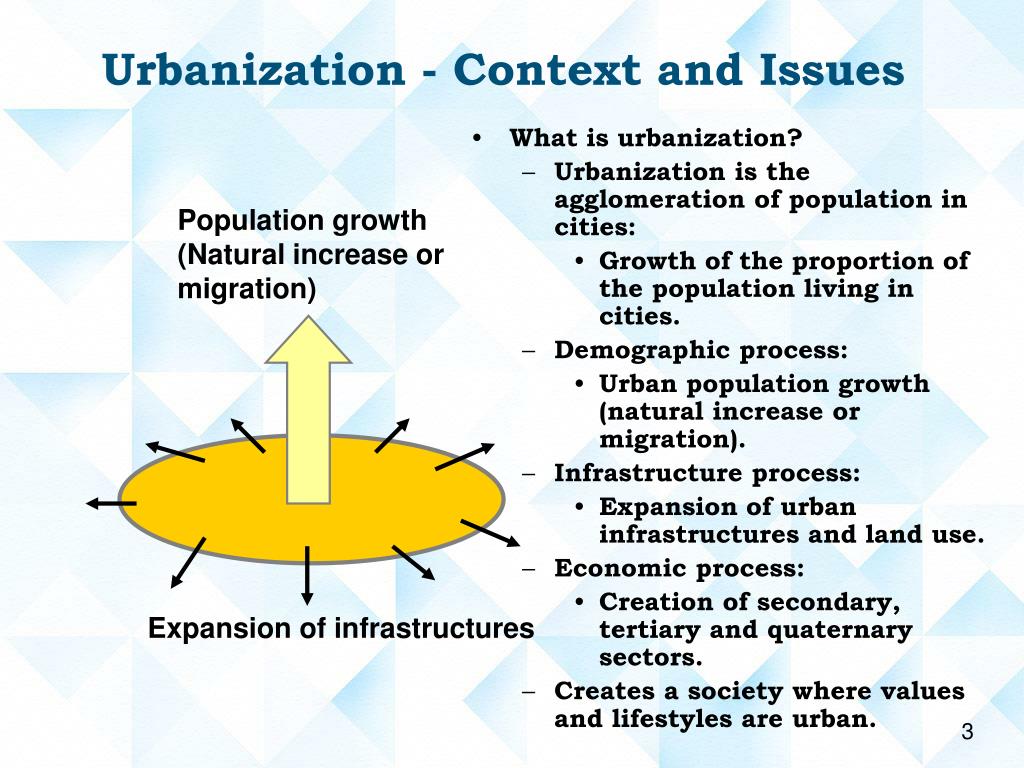
PPT Chapter 7 Lecture Urbanization and RuralUrban Migration Theory and Policy PowerPoint

Update on Australian Urban Areas (with a Photographic Tour)
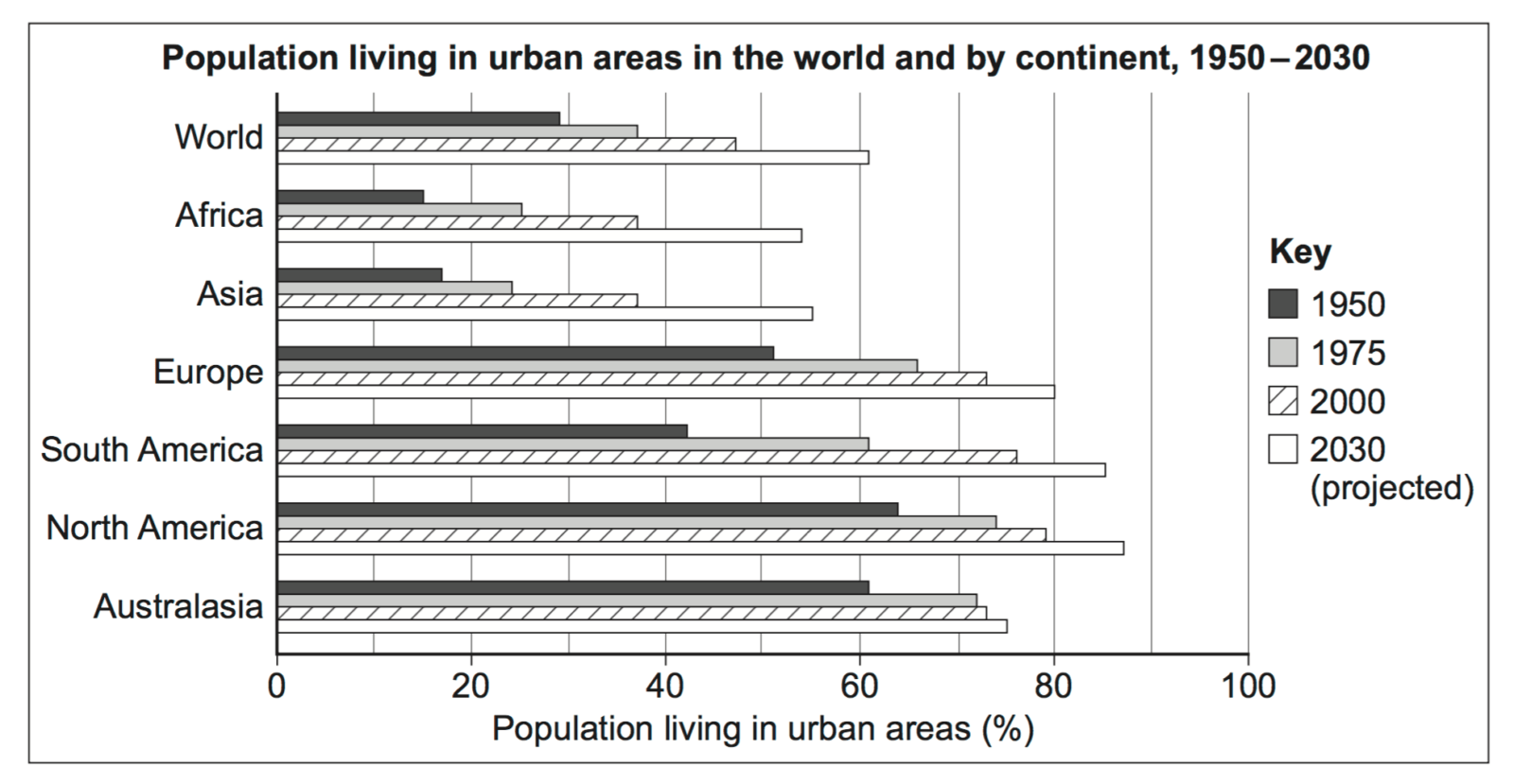
Qu'estce que l'urbanisation? de la Géographie Kompremos

Update on Australian Urban Areas (with a Photographic Tour)

Update on Australian Urban Areas (with a Photographic Tour)
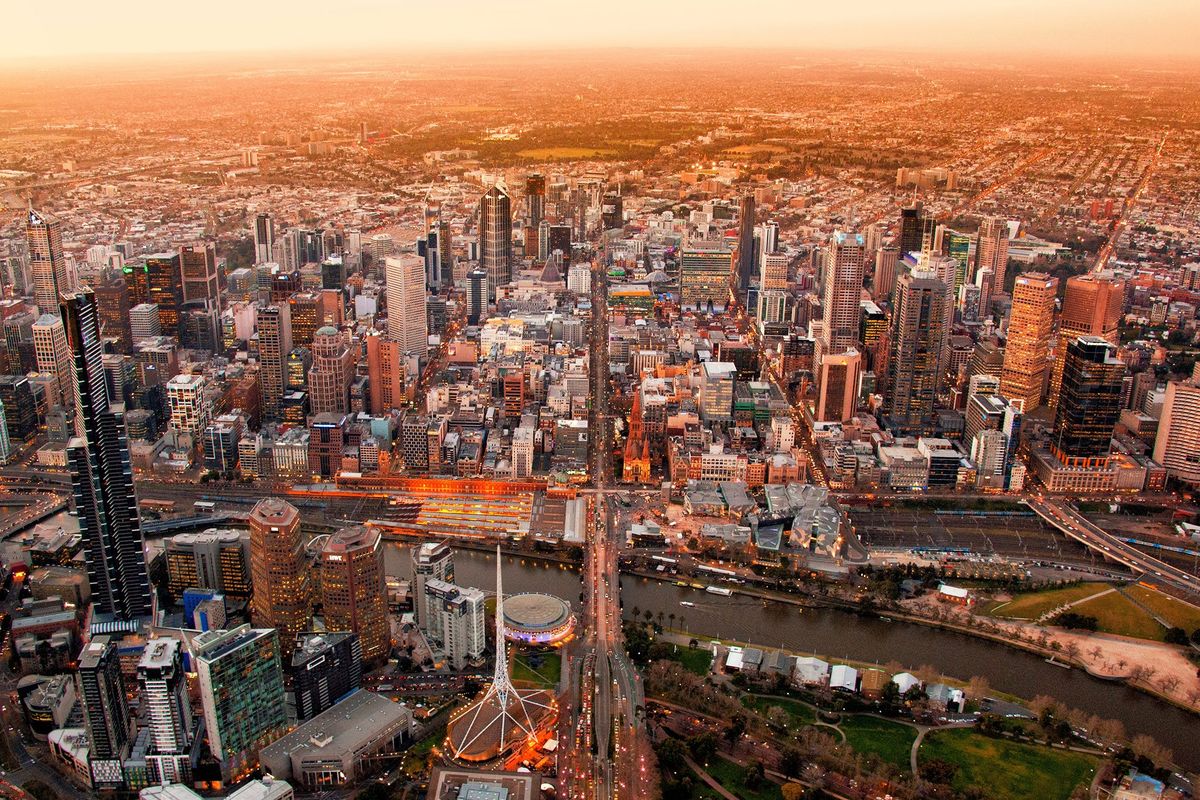
Australian cities are spatially and socially divided, government report finds ArchitectureAU

Urban Growth and Decline Home
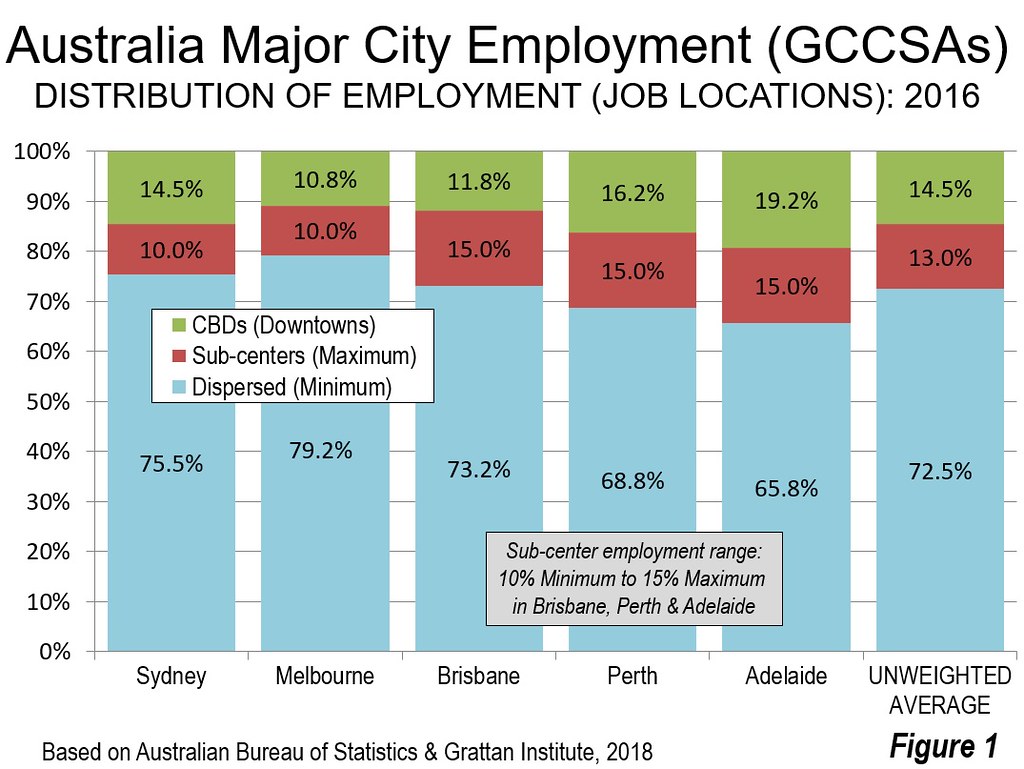
Update on Australian Urban Areas (with a Photographic Tour)
Spatial and area-level socioeconomic variation in urban liveability (access to social infrastructure, public transport, open space, healthy food choices, local employment, street connectivity, dwelling density, and housing affordability) was examined and mapped across 39,967 residential statistical areas in Australia's metropolitan (n = 7) and largest regional cities (n = 14).. This introductory chapter provides a set of perspectives for understanding urban transitions through the lens of migration trends in Australia in the twenty-first century. We begin with a review of the research on migration and Australian cities published over the past 20 years. These two decades have seen a marked increase in international.